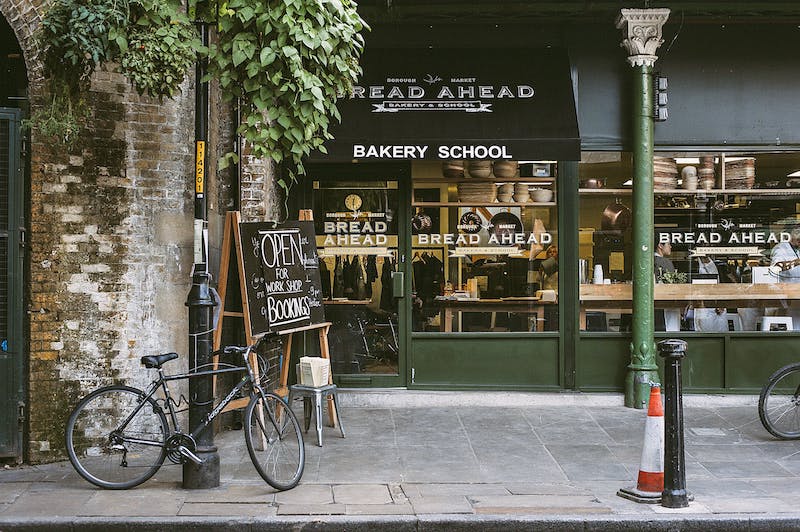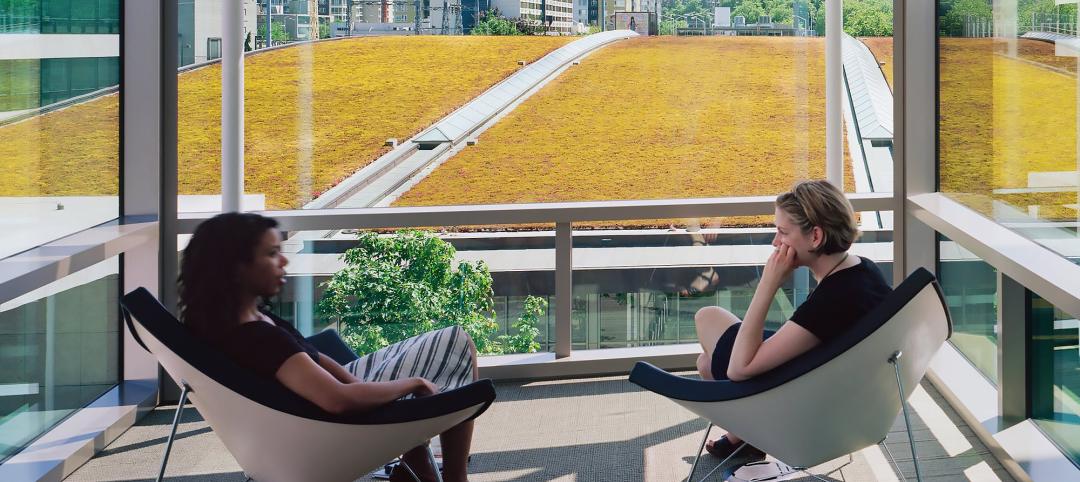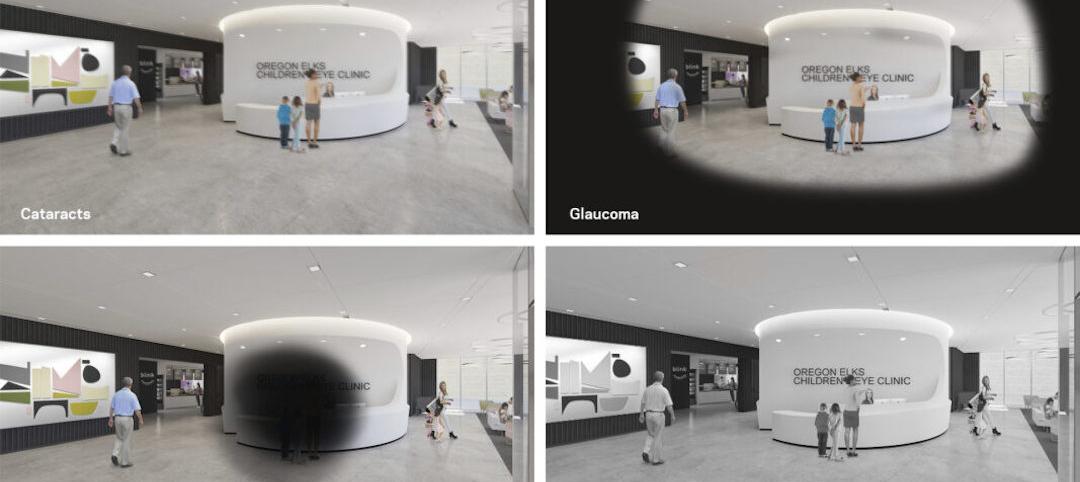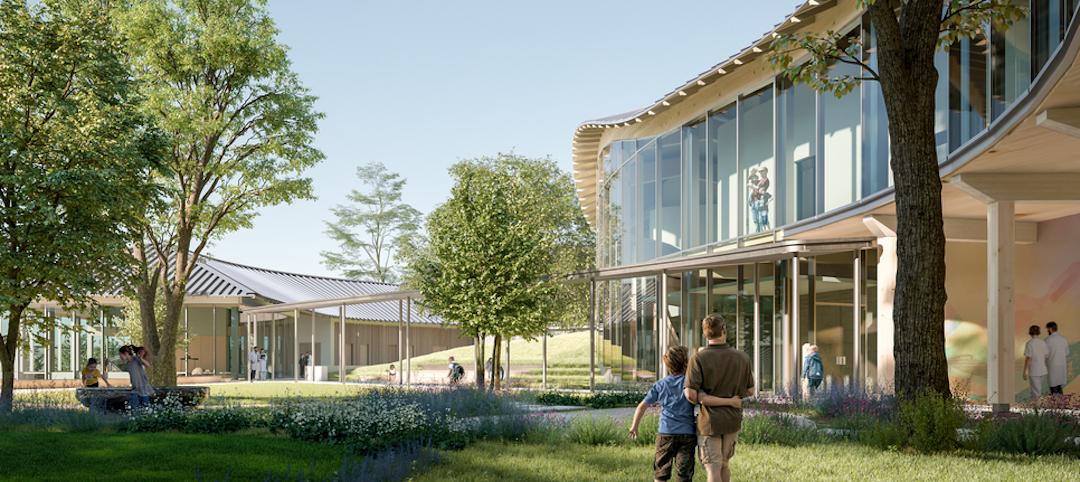NBBJ and Downtown Works recently hosted an event with Canadian developer Robert Fung, president of the Salient Group, who spearheaded the revival of Vancouver’s Gastown neighborhood and the renaissance of New Westminster. Here are a few of the key takeaways on how to create more engaging, livable cities through development and design.
Create a Core If There Isn’t One. A city that treats all of its streets in the same manner can be soulless and centerless. Creating neighborhood hubs and carefully curating a thoughtful mix of retail stores and restaurants, as well as other uses at the street front to complement residential and office uses, is critical to creating a vibrant urban neighborhood.
Focus on the Ground Floor. While residential and office spaces typically drive the financial pro forma of mixed-use developments, it is the ground floor that defines a building’s identity. The places where buildings interact with the street have the power to shape our cities in dramatic ways. Bringing in ground floor tenants that attract diverse groups — residents, office workers, families and tourists alike — is valuable to driving a thriving city. Taking a holistic approach and allowing for highly permeable storefronts that enable the building to engage the sidewalk in a variety of ways improves street life and builds a unique neighborhood character.
Tenant Selection is Key to Success. While an appropriate balance of mixed-use offerings is key, providing retail that is the right scale for an urban neighborhood can dramatically affect its character. This process begins well in advance of leasing, involves engaging the neighborhood’s residents and developing an understanding of the community’s strengths and aspirations. For example, New Westminster, British Columbia’s original capital city, was once a major retail hub in the mid-twentieth century. Many of the stores shuttered, but a retail cluster focused on bridal dress shops organically evolved when other uses declined. Embracing and building on this unique cluster with complementary retail and restaurant tenants was an important part of the strategy to revitalize its downtown core.
Preserve and Build on the Historic Urban Character. Identifying and championing our neighborhoods’ and buildings’ historic elements creates great value, both functionally and aesthetically. Yet it’s more than just historic rehabilitation, preservation and façade retention. It’s also about capturing the unique spirit and history of each community that is embodied in the neighborhood’s historic fabric. Creating engaging pedestrians’ experiences that recreate and capitalize on the texture of heritage can be beneficial in establishing a feeling of comfort and familiarity with a place.
People Need Spaces to Socialize. The most attractive urban neighborhoods offer engaging social spaces that reflect the strengths and diversity of their residents and visitors. This ties back to the street front. With much of the focus on the upper floors of the building, street level components are often an afterthought in mixed-use projects. Placing an equal focus on the first floor and those above is critical to creating spaces and experiences that draw people to a building, help them feel comfortable and provide compelling social hubs that define great neighborhoods.
Our urban places are constantly changing, and to be successful, our cities must champion and celebrate diverse activities, uses and experiences.
If developments are carried through with the right intent and strategic collaboration, our cities will be energetic, lively and diverse — places that our future generations will be proud to call home.
More from Author
NBBJ | Oct 3, 2024
4 ways AI impacts building design beyond dramatic imagery
Kristen Forward, Design Technology Futures Leader, NBBJ, shows four ways the firm is using AI to generate value for its clients.
NBBJ | Jun 13, 2024
4 ways to transform old buildings into modern assets
As cities grow, their office inventories remain largely stagnant. Yet despite changes to the market—including the impact of hybrid work—opportunities still exist. Enter: “Midlife Metamorphosis.”
NBBJ | May 10, 2024
Nature as the city: Why it’s time for a new framework to guide development
NBBJ leaders Jonathan Ward and Margaret Montgomery explore five inspirational ideas they are actively integrating into projects to ensure more healthy, natural cities.
NBBJ | Oct 18, 2023
6 ways to integrate nature into the workplace
Integrating nature into the workplace is critical to the well-being of employees, teams and organizations. Yet despite its many benefits, incorporating nature in the built environment remains a challenge.
NBBJ | May 8, 2023
3 ways computational tools empower better decision-making
NBBJ explores three opportunities for the use of computational tools in urban planning projects.
NBBJ | Jan 17, 2023
Why the auto industry is key to designing healthier, more comfortable buildings
Peter Alspach of NBBJ shares how workplaces can benefit from a few automotive industry techniques.
NBBJ | Aug 4, 2022
To reduce disease and fight climate change, design buildings that breathe
Healthy air quality in buildings improves cognitive function and combats the spread of disease, but its implications for carbon reduction are perhaps the most important benefit.
NBBJ | Feb 11, 2022
How computer simulations of vision loss create more empathetic buildings for the visually impaired
Here is a look at four challenges identified from our research and how the design responds accordingly.
NBBJ | Jan 7, 2022
Supporting hope and healing
Five research-driven design strategies for pediatric behavioral health environments.
NBBJ | Nov 23, 2021
Why vertical hospitals might be the next frontier in healthcare design
In this article, we’ll explore the opportunities and challenges of high-rise hospital design, as well as the main ideas and themes we considered when designing the new medical facility for the heart of London.
















